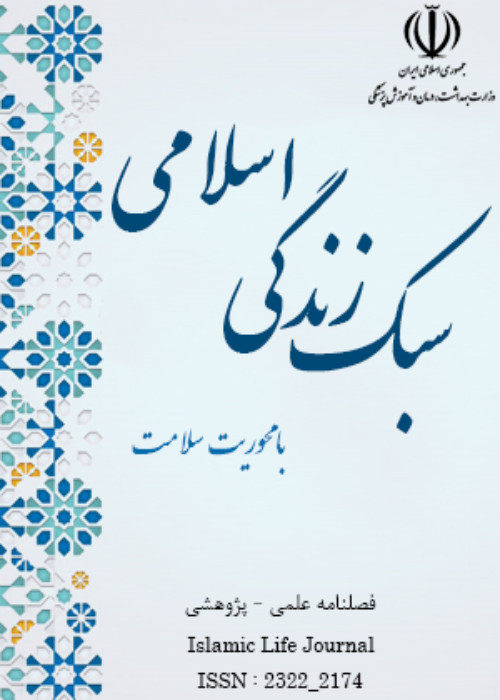Designing a Model to Measure Citizen’s Perception of Corruption in Iran’s Healthcare System
A conservative estimate from the 2009 Global Corruption Perceptions Survey suggests that people who paid bribes spent 7 percent of their annual income on bribes. Also, every year something like 2-5% of the world's total production is exchanged as bribes. According to studies conducted in the world, more than 300 billion dollars are spent annually in the health and treatment sector, of which an average of ten percent is lost in corrupt transactions. High levels of corruption have profound negative consequences on society's health and well-being. The above numbers and statistics all indicate the existence of an important and undeniable problem in organizations and the health system, which causes the budget and expenses spent in this sector not to be spent properly and at the target location. This issue can leave its bad effects on the health system and the beneficiaries in this system (household or consumers, suppliers, providers and buyers) and bring negative and destructive consequences.
the research method is based on "combined approach"; The first phase of the research based on the method of "documentary review" and "grounded theory" was carried out by extracting corruption variables in the healthcare system. In the second phase, the variables were examined through the estimation of "face validity" and the consensus of the elites' opinion showed that the metrics have the necessary sufficiency to measure the variables of "perception of corruption". In the third phase, based on the "survey" method, the questionnaire tool was distributed to measure "validity" and "reliability" in the group of citizens (as the target group of the healthcare system) and this questionnaire was distributed among 130 people who referred to hospitals in Tehran and the city.
In order to validate the items related to citizens' perception of corruption in the healthcare system, it was subjected to "exploratory factor analysis" to identify the underlying factors in the items. After that, the reliability estimation based on the "internal stability" technique was done for the items and factors and the items with weak alpha coefficient were removed. In the final stage, based on Cronbach's alpha estimation, to estimate the "structural validity" of the research tool, a "second-order factor model" was designed for citizens' "perception of corruption" and the final measurement model was fitted.
Validation of the research tool showed that corruption in the healthcare system can be measured with four factors: "financial corruption", "interactional corruption", "structural corruption" and "supervisory corruption", and the research questionnaire has been introduced with 26 items.
- حق عضویت دریافتی صرف حمایت از نشریات عضو و نگهداری، تکمیل و توسعه مگیران میشود.
- پرداخت حق اشتراک و دانلود مقالات اجازه بازنشر آن در سایر رسانههای چاپی و دیجیتال را به کاربر نمیدهد.


